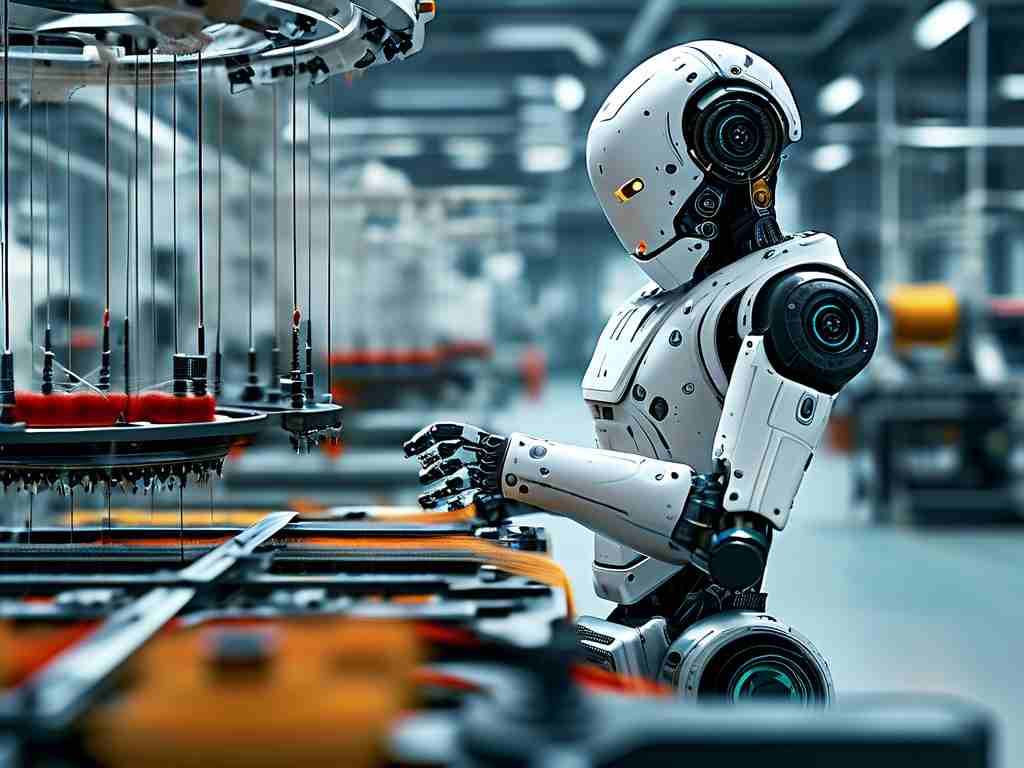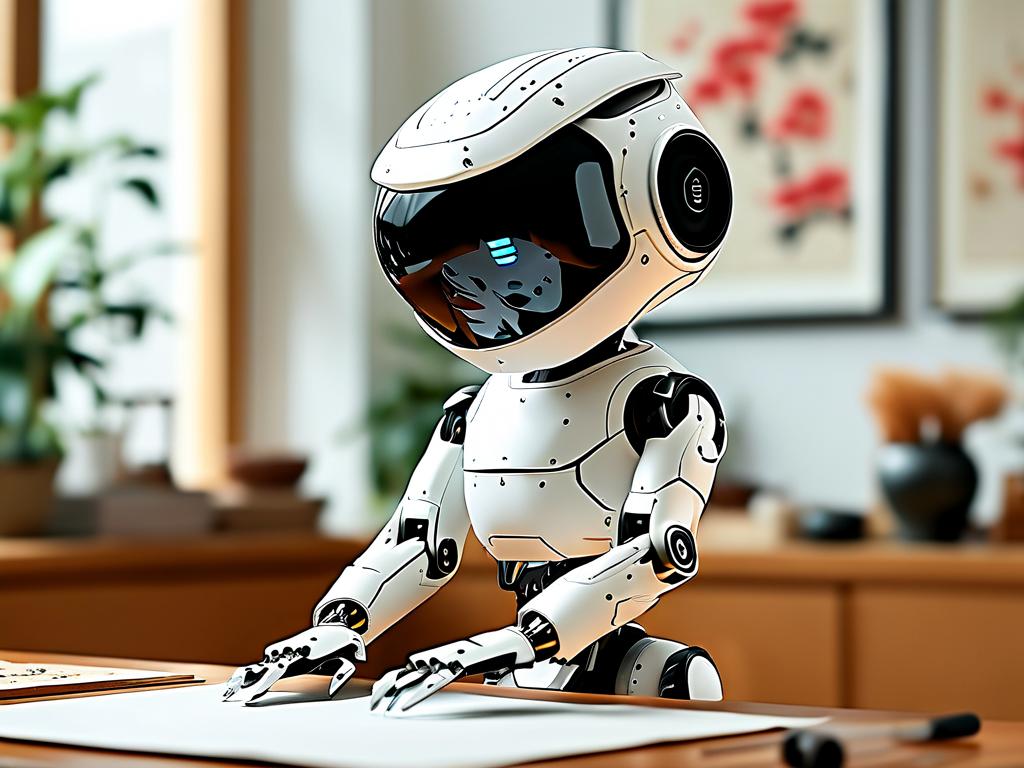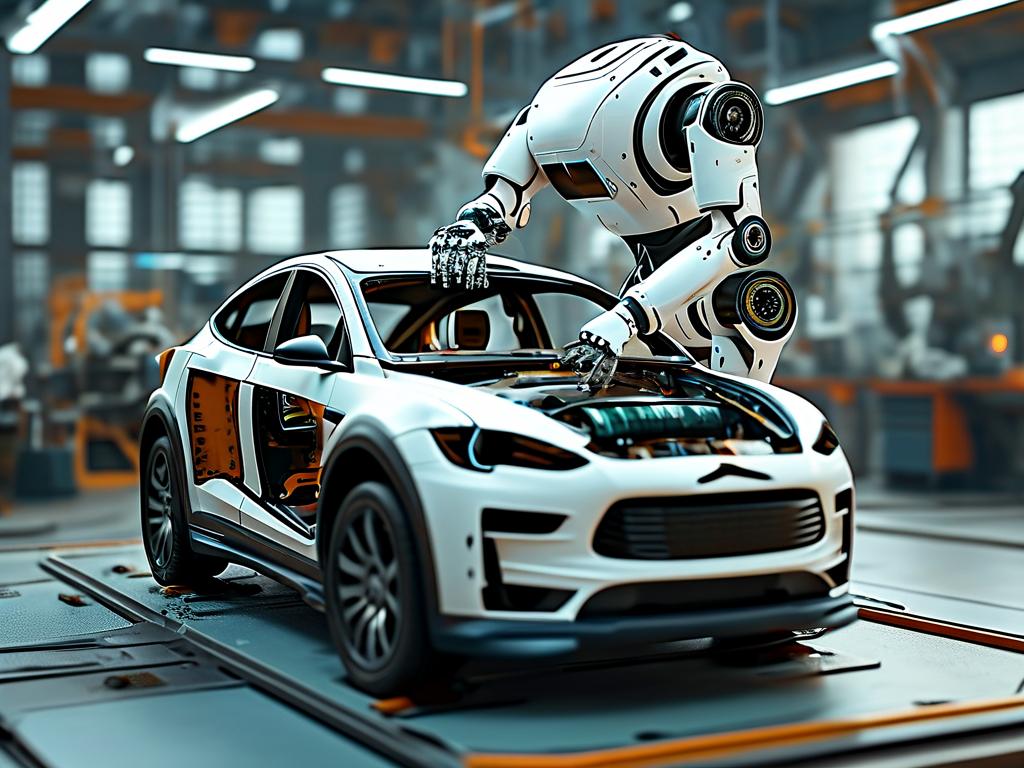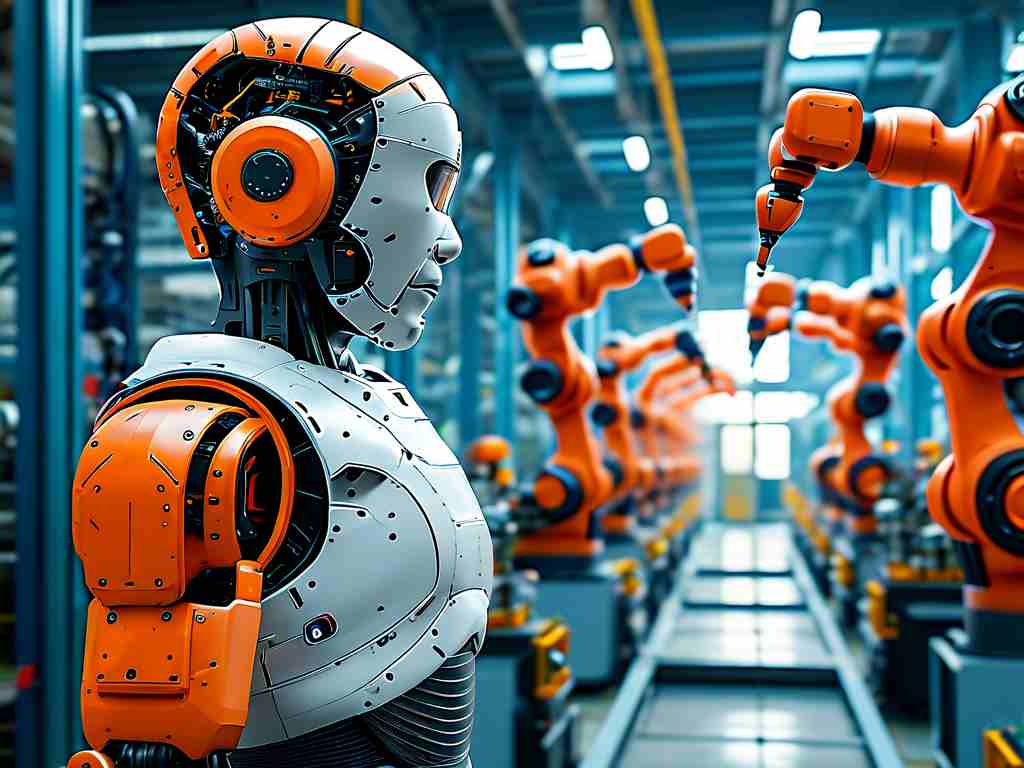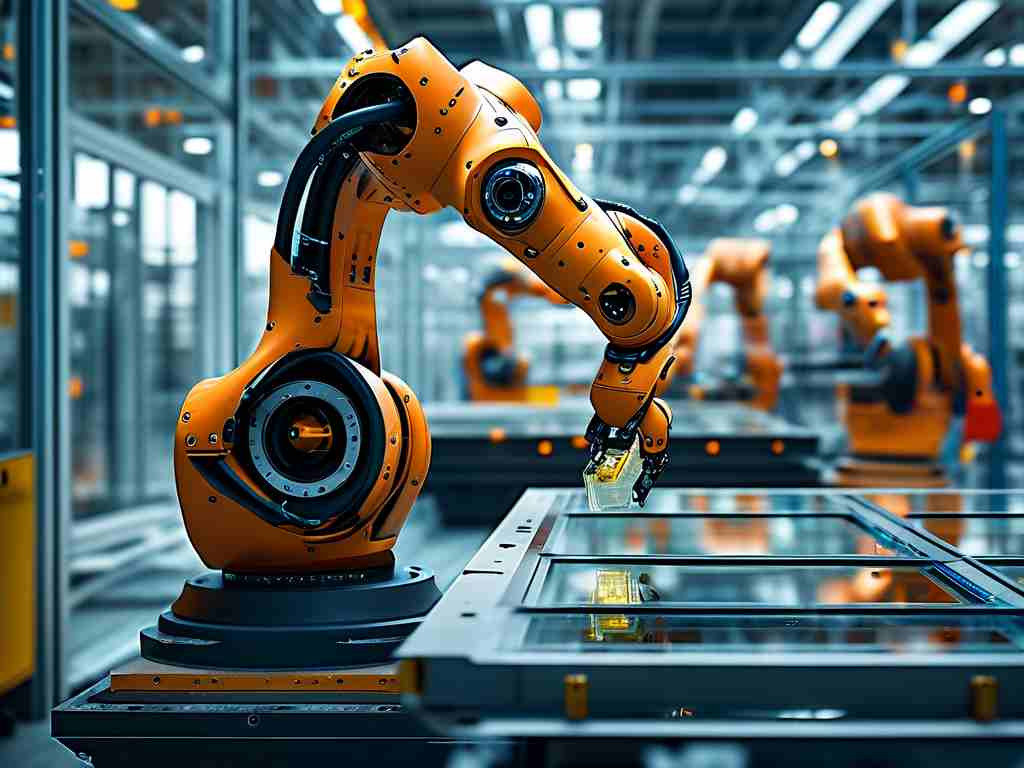Robotic glue dispensing technology has revolutionized manufacturing processes demanding high precision and repeatability in adhesive application. This technology replaces manual or semi-automated methods offering significant improvements in speed consistency and waste reduction. Understanding its core principles reveals the sophistication behind seemingly simple glue lines.
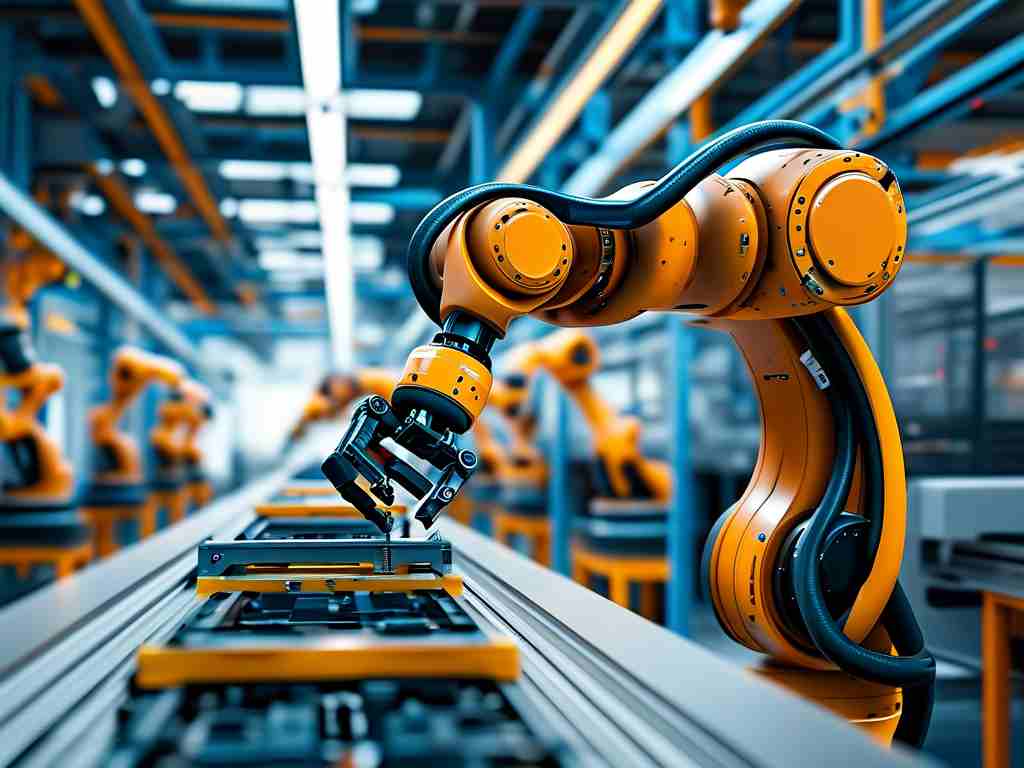
The fundamental principle rests on integrating a precise dispensing mechanism onto a robotic manipulator typically an articulated arm. This robot arm provides the dexterity and programmable movement paths essential for applying glue to complex three-dimensional surfaces or intricate patterns. The heart of the system is the dispensing unit responsible for accurately metering and depositing the adhesive material onto the substrate.
Motion control forms the first pillar. Advanced servo motors drive the robot joints enabling smooth high-speed movement along pre-defined trajectories with exceptional positional accuracy often down to fractions of a millimeter. This precision ensures the dispensing nozzle follows the exact intended path consistently over countless cycles. Complex kinematics algorithms constantly calculate the optimal position and orientation of the end-effector the dispensing head throughout its motion path.
Glue volume control is the second critical pillar. Achieving the perfect bead size dot or pattern requires precise control over the amount of adhesive dispensed per unit time or distance. Several methods achieve this.
- Pressure-Time Systems: Regulate the air pressure applied to a syringe or cartridge containing the adhesive and the duration the valve is open. Higher pressure or longer open time results in more glue dispensed. Code controlling the valve timing is crucial:
valveOpenTime = calculateTime(desiredBeadSize, materialViscosity, pressure); - Positive Displacement Systems: Utilize mechanisms like augers pistons or gears to push out a specific volume of adhesive per revolution or stroke. This method is less susceptible to viscosity changes and offers high volumetric accuracy especially for thicker materials like silicones or pastes. The system might track motor steps:
stepsPerDispense = calculateSteps(desiredVolume, screwPitch); - Progressive Cavity Pumps: Employ a rotating helical rotor within a stator to generate a continuous non-pulsating flow ideal for consistent bead application over long distances.
The third principle involves sophisticated path planning and programming. Offline programming software allows engineers to virtually design the robot's path around the workpiece defining the exact track the dispensing nozzle must follow including start/stop points dispensing triggers speed and height above the substrate. Simulation within the software helps detect potential collisions or reach issues before deployment. Path optimization algorithms ensure the most efficient route minimizing cycle time.
Integration with machine vision adds another layer of capability. Cameras can locate parts on a conveyor identify specific features for glue start/stop points or perform post-dispensing inspection to verify glue presence and placement. This enables handling part variations and ensures quality. Vision-guided systems might adjust paths in real-time: adjustedPath = visionSystem.correctPath(basePath, currentPartOffset);
Material handling and conditioning are also vital. Systems often include features to maintain adhesive properties:
- Temperature Control: Heaters on reservoirs hoses and nozzles manage viscosity ensuring consistent flow particularly crucial for temperature-sensitive adhesives.
- Degassing/Purging: Removing air bubbles prevents voids or sputtering in the dispensed glue.
- Agitation: Keeping filled materials homogenous during dispensing.
The interplay of these principles delivers the technology's benefits. Precise motion control ensures the nozzle is exactly where it needs to be. Accurate volume control deposits the exact amount of adhesive required at each point. Intelligent path planning guarantees the nozzle follows the optimal trajectory consistently. Vision and material management provide adaptability and reliability.
Applications span numerous industries. In automotive robots apply sealants to windshields body panels and electronic components. Electronics manufacturing relies on them for potting encapsulating components and underfilling chips. Furniture assembly sees precise edge-banding glue application and packaging utilizes robots for case sealing and carton erection. Medical device assembly demands the cleanliness and micron-level precision robotic dispensing provides.
Despite its advantages challenges exist. Programming complex paths can require significant expertise and time upfront. Different adhesives possess unique flow characteristics demanding system calibration and potentially different dispensing mechanisms. Maintaining consistent performance requires regular maintenance of valves pumps and nozzles to prevent clogging or wear.
Looking ahead advancements continue. Machine learning algorithms promise smarter path optimization and predictive maintenance. Enhanced force sensing will allow robots to maintain optimal nozzle-to-substrate contact pressure on contoured surfaces. Integration with collaborative robots cobots will make the technology accessible for smaller batch production. Further miniaturization of dispensing heads will enable even finer detail work.
In robotic glue dispensing is far more than a robot squirting glue. It is a sophisticated orchestration of precision mechanics motion control fluid dynamics and intelligent programming. By mastering the principles of accurate movement exact volumetric control and optimal path execution this technology delivers unparalleled consistency speed and quality in adhesive application driving efficiency and innovation across modern manufacturing.


